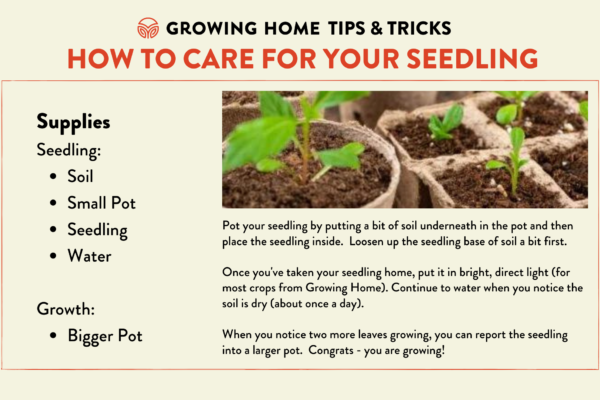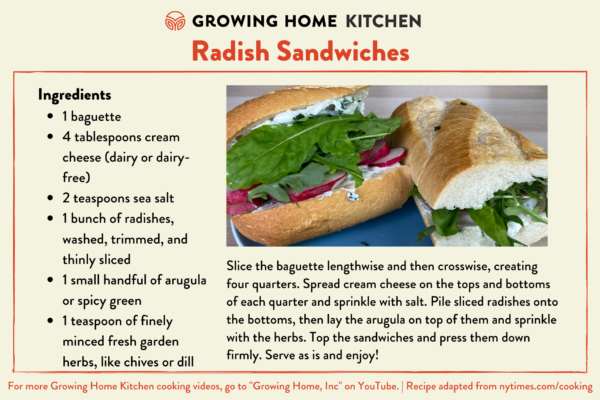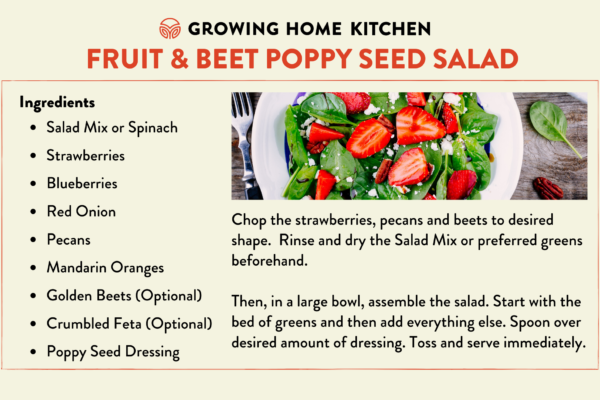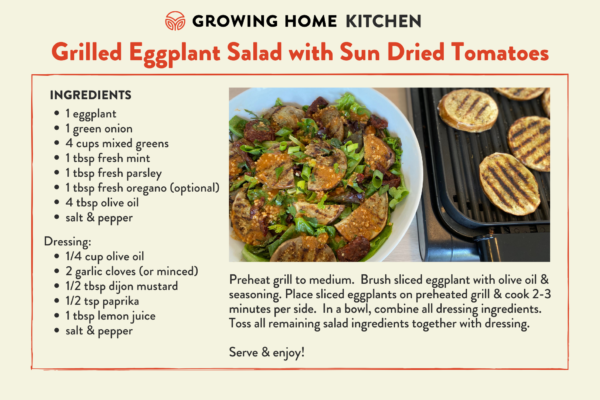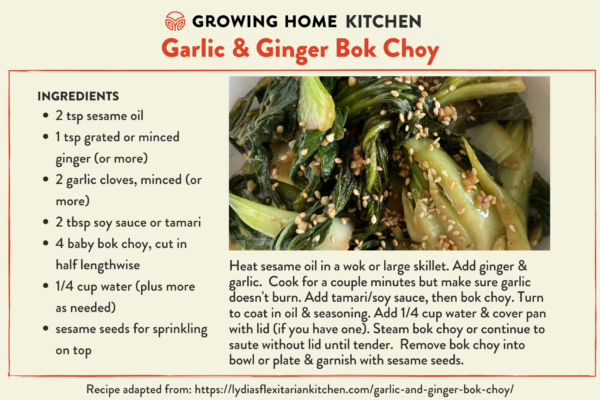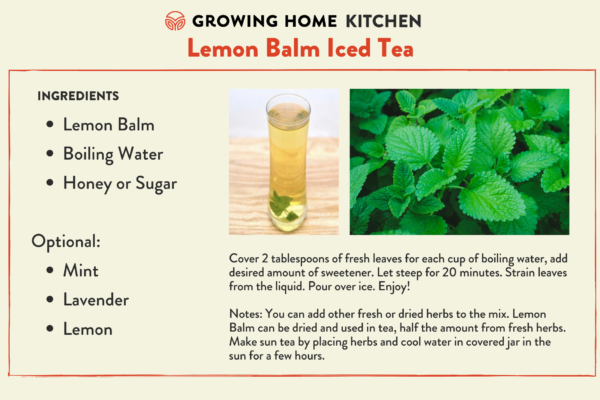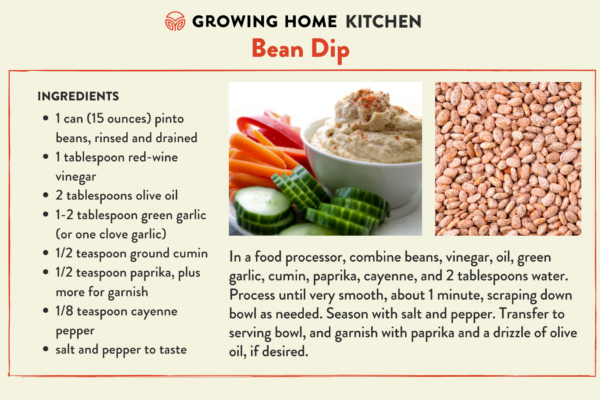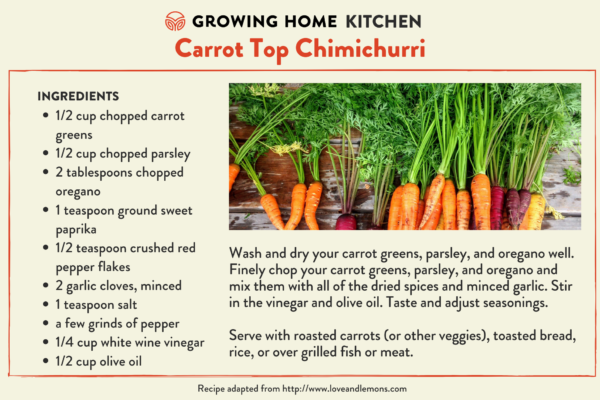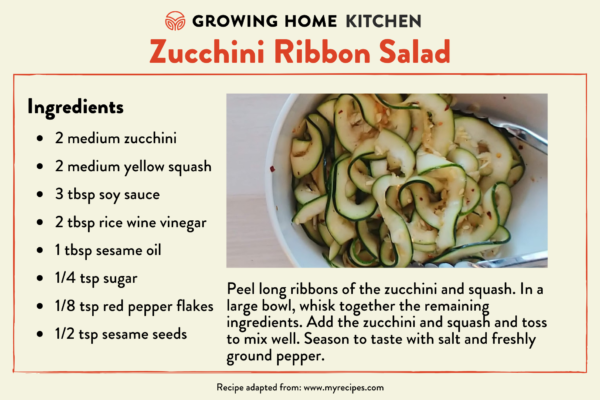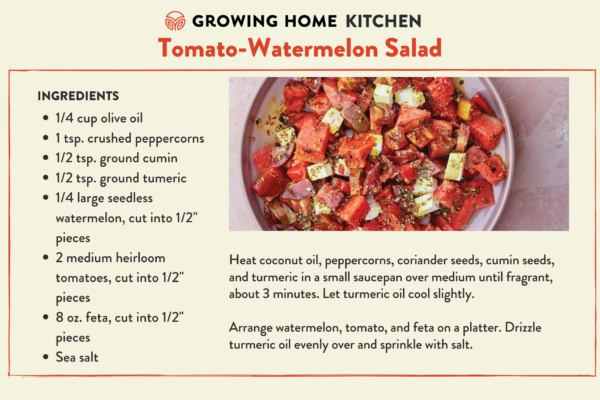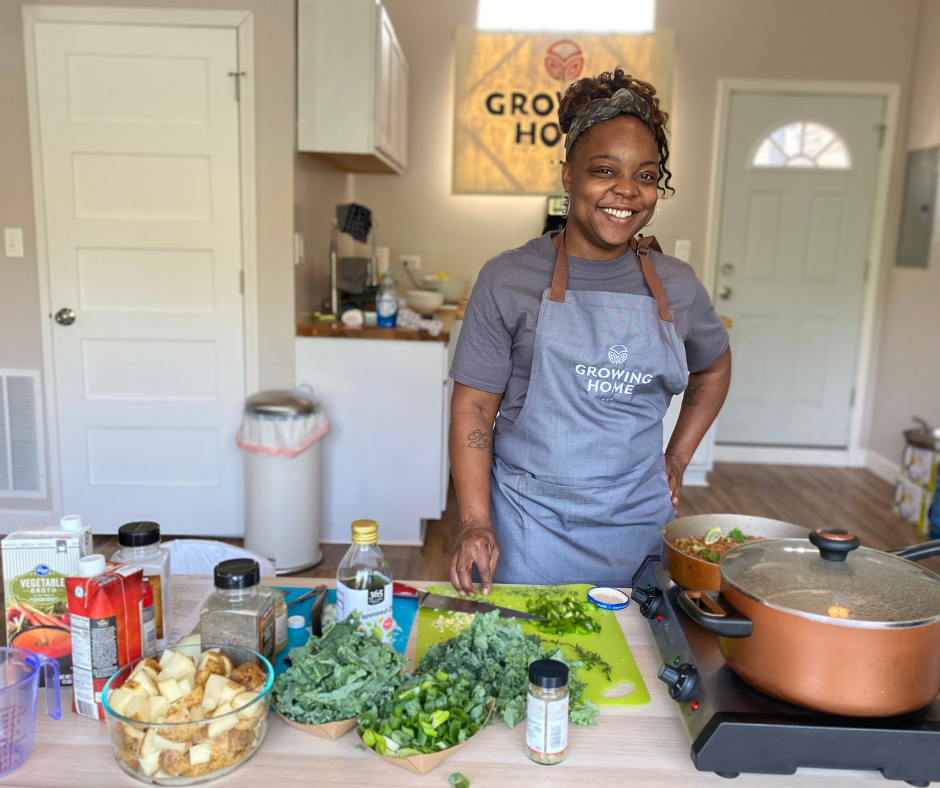KALE
Basic Harvesting Instruction:
- Kale is ready to harvest when the outer leaves are as long as your hand. Harvest the oldest leaves first and make sure to leave a few leaves so the plant can continue to grow.
- El Kale está listo para cosechar cuando las hojas exteriores son tan largas como tu mano. Coseche primero las hojas más viejas y asegúrese de dejar algunas hojas para que la planta pueda seguir creciendo.
Additional Harvesting Videos: Epic Gardening on YouTube
Great Recipes: Kale, Apple, Cheddar Salad and Honey Mustard Kale Chips
COLLARD GREENS
Basic Harvesting Instruction:
- Collards are ready to harvest when the outer leaves are a few inches longer than your hand. Harvest the oldest leaves first and make sure to leave a few leaves so the plant can continue to grow.
- El cole está listo para cosechar cuando las hojas exteriores son unas pulgadas mas largas que tu mano. Coseche primero las hojas más viejas y asegúrese de dejar algunas hojas para que la planta pueda seguir creciendo.
Additional Harvesting Videos: The Nakid Gardener on YouTube
Great Recipes: Southern Collard Greens
SQUASH
Basic Harvesting Instruction:
- Bigger isn’t always better! You want to harvest squash when they’re about as long as your hand, any bigger and they quickly lose their flavor and texture. Use a harvest knife to cut the stem connecting the fruit to the plant. If you’re harvesting flowers make sure to only harvest pollen giving flowers, not pollen receiving flowers. You can tell which is which by the presence of a small bulb at the base of the flower, this is the ovary and means it’s a pollen receiving flower that’s going to grow into a squash fruit once they’ve been pollinated.
- ¡Más grande no siempre es mejor! Cosecha las calabacitas cuando son tan largas como su mano, más grandes y pierden su sabor y textura. Usa un cuchillo para cortar el tallo que conecta la fruta a la planta. Si está cosechando flores, asegúrese de cosechar solo flores que den polen, no flores que reciban polen. Puedes saber cuál es cuál por la presencia de un pequeño bulbo en la base de la flor, este es el ovario y significa que es una flor que recibe polen que se convertirá en una calabacita una vez que haya sido polinizada.
Additional Harvesting Videos: The Gardening Channel on YouTube
Great Recipes: Tomato, Pasta and Squash Soup and Zucchini Bread
ONIONS
Basic Harvesting Instruction:
- Onions are ready to harvest when the neck above the bulb grows soft, white and bends flat. If you’re saving the onions for long term storage, you can cure them by letting them dry in a warm, ventilated space until the necks fully wither.
- Las cebollas están listas para cosechar cuando el cuello encima del bulbo se pone suave, blanco y se dobla. Si está guardando las cebollas a largo plazo, puede curarlas dejándolas secar en un espacio cálido y ventilado hasta que los cuellos se marchiten por completo.
Additional Harvesting Videos: MIGardener on YouTube
Great Recipes: Creamed Spinach with Mushroom and Shallots/Onions and Curtido
Peppers
Basic Harvesting Instruction:
- All pepper varieties are ready to harvest once they’ve fully changed color. Fun fact: no pepper variety is fully mature when green! Green bell peppers and jalapenos are just harvested when still immature for cultural and culinary reasons. Pepper plants are notoriously delicate so make sure to cut the stems or gently snap the peppers off.
- Todas las variedades de chiles están listas para cosechar una vez que han cambiado de color por completo. ¡Ninguna variedad de pimiento está completamente madura cuando está verde! Los pimientos verdes y los jalapeños se cosechan cuando aún no están maduros por razones culturales y culinarias. Las plantas de chile son muy delicadas, así que asegúrese de cortar los tallos de los chiles con cuidado.
Additional Harvesting Videos: The Gardening Channel on YouTube
Great Recipes: Salsa verde with serranos and Loaded Garden Veggie Dip
Strawberries
Basic Harvesting Instruction:
- Strawberries are ready to harvest when they turn a deep red throughout the whole fruit. Harvest every few days to encourage the plant to continue to produce flowers. Make sure to cut or snap the fruit off by bending the stem around your finger, if you yank the whole plant might come out along with the fruit!
- Las fresas están listas para cosechar cuando tienen un color rojo intenso en toda la fruta. Coseche constantemente para animar a la planta a producir mas flores. ¡Asegúrate de cortar o quebrar el tallo doblándolo alrededor de tu dedo, si das un arancón, toda la planta podría salir junto con la fruta!
Additional Harvesting Videos: The Gardening Channel on YouTube
Great Recipes: Strawberry crumble
Swiss Chard
Basic Harvesting Instruction:
- Chard is ready to harvest when the leaves are a few inches longer than your hand. Break off the stems toward the base of the plant, leaving a few young leaves to allow the plant to continue growing.
- La acelga está lista para cosechar cuando las hojas son unas pulgadas más largas que tu mano. Rompe los tallos hacia la base de la planta, dejando algunas hojas jóvenes para permitir que la planta siga creciendo.
Additional Harvesting Videos: Daisy Creek Farms on YouTube
Great Recipes: Swiss Chard, Tomato and White Bean Stew and Sautéed Swiss Chard with Garlic and Lemon
Tomatoes
Basic Harvesting Instruction:
- Tomato varieties can vary in color when ripe – some ripen to orange, some to purple and even some ripen green! Check what your variety looks like when ripe and harvest when they’ve completely turned that color.
- Las variedades de tomate pueden variar en color cuando maduran: algunas maduran a naranja, algunas morado e incluso algunas maduran a verde. Compruebe cómo se ve su variedad cuando está madura y coseche cuando hayan cambiado completamente a ese color.
Additional Harvesting Videos: Next Level Gardening on YouTube
Great Recipes: Okra, Tomato and Eggplant Stew and Fried Green Tomatoes


